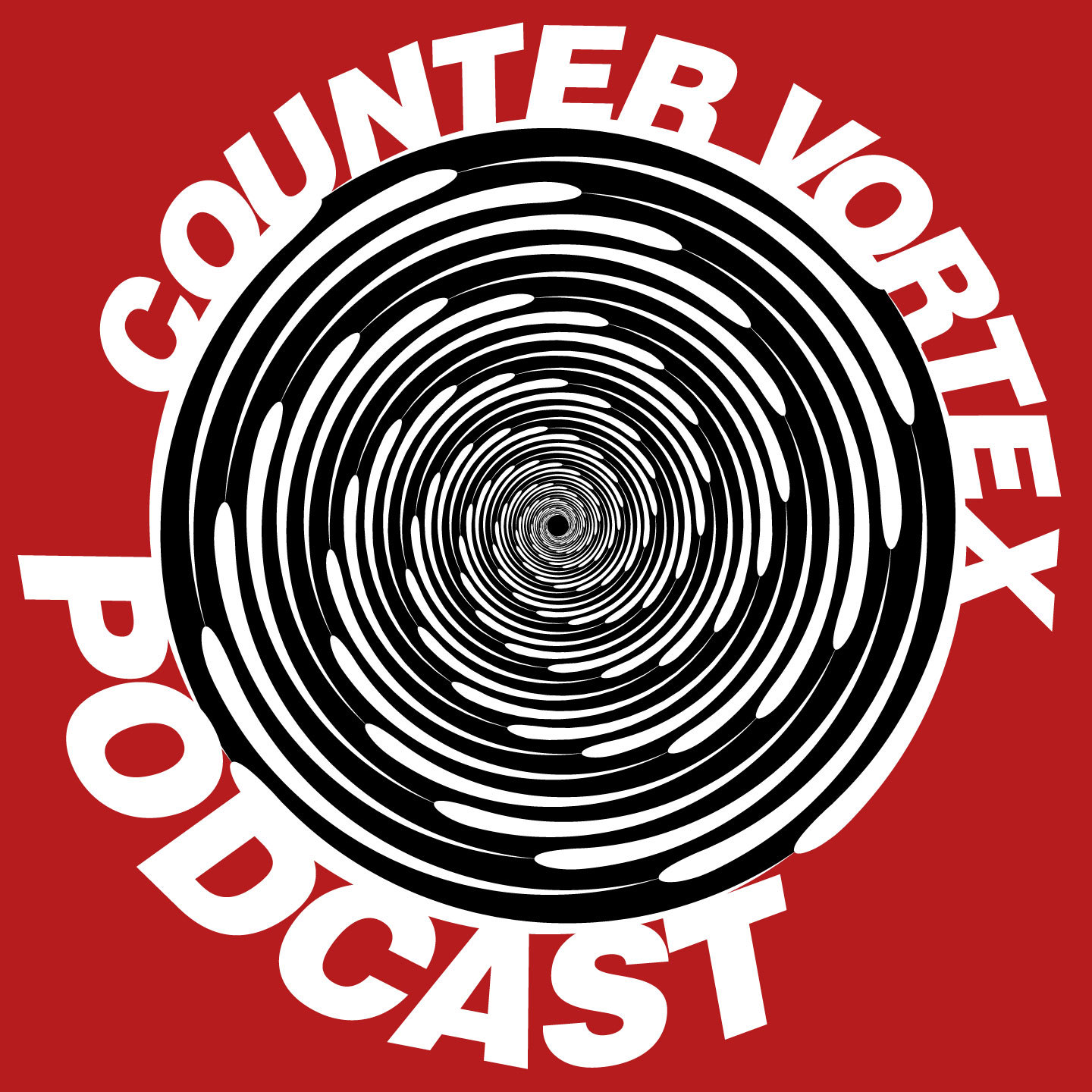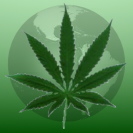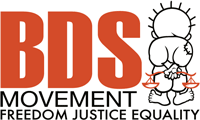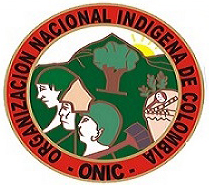Colombia
Colombia: March 2016 deadline for peace?
Colombia's President Juan Manuel Santos in early November announced a March 23, 2016 deadline for a peace accord with the FARC rebels, and broached a bilerateral ceasefire that he said could take effect next month and should be monitored by the United Nations. The FARC is currently maintaining a unilateral ceasefire while the military has drastically reduced its offensives against the guerillas. But FARC leader Rodrigo Londoño Echeverri AKA "Timochenko" expressed skepticism about the deadline, instead calling in his Twitter account on Santos to concentrate on an actual end to hostilities. The exchange came as the peace talks, being held in Havana, approached their third anniversary. (Colombia Reports, Nov. 16; El Tiempo, Nov. 13; El Tiempo, Nov. 11; El Tiempo, Nov. 8)
Colombia: official apology for 1985 high court raid
President Juan Manuel Santos apologized Nov. 6 for the Colombian government's actions during a 1985 army raid on the Supreme Court in which nearly 100 people were killed after the building was taken hostage by guerillas. Santos spoke at the rebuilt Palace of Justice during a ceremony to mark the 30th anniversary of the deadly siege, one of the darkest chapters in Colombia's recent history. He was complying with a ruling last year by the Inter-American Court of Human Rights condemning the state for the disappearance of 12 people, most of them cafeteria workers, who were taken alive from the building during the 48-hour standoff. The president apologized by name to each of their families and vowed to spare no effort to locate the remains of those whose whereabouts are still unknown. He also used the occasion to promote a deal to end Colombia's decades-old conflict, echoing the Supreme Court president's plea to armed rebels and government forces 30 years ago: "Stop the gunfire," Santos said. "Stop the gunfire in Colombia forever."
Amnesty presses Colombia on indigenous rights
The Colombian government must prioritize the right of Indigenous and Afro-descendant communities to decide how their land is developed above companies' desire to exploit those territories for profit, said Amnesty International in a new report issued Nov. 5, entitled "Restoring the Land, Securing Peace: Indigenous and Afro-descendant Terrirotial Rights." Control of Colombia's resource-rich land is one of the most critical issues in the peace negotiations between the government and the FARC guerillas, according to the report. Said Erika Guevara Rosas, Americas director at Amnesty: "The ownership and occupation of land has been at the heart of Colombia's brutal war, with around six million forced off their homes since 1985 because of the violence. Any peace deal will be meaningless unless the rights of Indigenous and Afro-descendant communities to return to their lands and decide how they are used are prioritized above companies' desire to exploit those lands for their own profit."
Colombia: U'wa Nation land rights case advances
The U'wa Nation claimed a victory Oct. 15 as it received an admissibility report by the Inter-American Commission on Human Rights (IACHR) allowing its case against Colombia to move forward, recognizing that the indigenous group can seek the Commission's help in defending its traditional territory. Although the U'wa have successfully defeated multiple oil and gas projects in the nearly two decades since they first filed their complaint with the Commission, the report recognizes that winning these battles does not end the overall complaint with the Colombian government, which does not fully recognize the U'wa people's rights to their territory. In a statement released after the decision, the U'wa organization Asou'wa said: "Our U'wa Nation has been heard by the natural law, our ancestors and gods that guide and govern our thinking to safeguard, protect and care for our mother earth; while there are U'wa people, we will continue resisting in defense of our ancient rights."
Colombia: worst drought in recorded history
Colombia is suffering the worst drought and forest fires in the country's history, partially due to weather phenomenon El Niño. According to meteorologists, the situation is likely to get worse. El Niño is the warming of the eastern tropical Pacific Ocean which occurs every few years, causing heavier than usual rainfall in some areas such as Peru and Ecuador but unusually hot and dry weather in Colombia. Luis Felipe Henao, Colombia's Housing Minister, said the last three years have been the driest that the country has ever suffered. The Río Magdalena is at its lowest level on record, at less than half its average flow of 7,200 cubic meters per second. The Río Cauca is also dangerously low, and the Río Pance almost entirely dry. So far this year 3,421 forest fires have been reported, affecting 77,300 hectares of woodland. Water restrictions have been put in place in 130 municipalities acrss the country, and rationing could also be imposed in hundreds more towns. The effects of the drought are not expected to improve until March 2016, according to the Colombian meteorological institute IDEAM. (Colombia Reports, Sept. 22)
Colombia accord to include trials for rights abuses
Colombian President Juan Manuel Santos and FARC leader leader "Timochenko" announced in Havana Sept. 24 that they have set a six-month deadline to sign a peace deal, which will include establishment of a special justice system to try human rights abusers. "We're not going to fail! This is the chance for peace!," President Santos said. "On March 23, 2016 we will be bidding farewell to the longest-running conflict in the Americas." Timochenko later posted on the rebels Twitter feed: "Let's join efforts to achieve peace." But terms of the proposed justice process are meeting controvery, within Colombia and internationally.
Paramilitarism in Venezuela-Colombian border crisis
Venezuelan President Nicolas Maduro on Aug. 21 indefinitely closed a busy border crossing with Colombia and declared a 60-day state of emergency in several nearby towns after three soldiers were shot and wounded in an apparent clash with smugglers. Authorities said two assailants on a motorcycle fired on a patrol in the border town of San Antonio del Táchira, wounding a civilian as well as the two army lieutenants and a captain. Maduro has mobilized some 15,000 troops the area, and says the Simon Bolívar International Bridge, over the Río Táchira that forms the border, will remain closed until the assailants are apprehended. Colombian President Juan Manuel Santos has protested the border closure, signaling another flare-up between the uneasy South American neighbors.
Colombia: FARC-paramilitary collaboration?
Colombia's FARC guerillas may be working under the table with their supposed bitter enemies in the ultra-right paramilitary groups. E-mails released by authorities on Aug. 5 reportedly reveal that the FARC and Los Urabeños paramilitary have been collaborating to traffic drugs and weapons. In one of the undated e-mails, a FARC fighter known as "Ruben Manteco" wrote to "Pastor Alape"—one of the FARC's top commanders and a representative in Havana for peace talks with the Colombian government. The message refers to a gift offered the FARC by "Otoniel," the notorious Urabeño warlord. According to the e-mail exchange, Otoniel sent $170,000 as a good-will gesture to prove his reliability as a business partner. Alape instructed Manteco to accept the gift, adding that he should pursue negotiations on arms deals once Otoniel's confidence was established. Another e-mail exchange discusses plans for FARC-Urabeño collaboration in drug trafficking. In that exchange, "Roman Ruiz," a FARC commander killed in an army offensive earlier this year, suggests to Alape that the guerillas raise the price on cocaine exports. Other e-mails indicate the FARC has been providing security to the Urabeños during their drug operations while also helping to broker deals.















Recent Updates
16 hours 44 min ago
1 day 22 hours ago
2 days 10 hours ago
2 days 11 hours ago
3 days 10 hours ago
3 days 11 hours ago
3 days 11 hours ago
4 days 14 hours ago
4 days 18 hours ago
5 days 10 hours ago